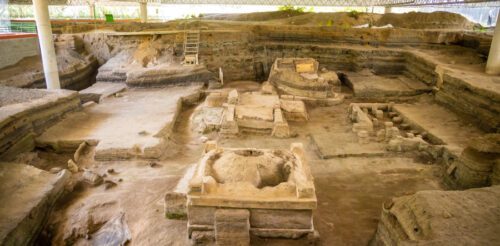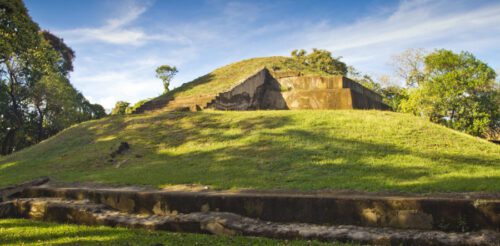In El Salvador are the remains of a once-mighty civilization—the Mayan ruins. These ancient archaeological sites stand as witnesses to a Maya civilization that thrived in the Cuscatlan territory; it offer a portal into a world of mystique and wonder.
The most prevailing Mayan Ruins in El Salvador are El Tazumal, Joya de Ceren, Cihuatan, San Andres, and Casa Blanca. At these Pyramids in El Salvador, you will get a glimpse into the Mayan world that lived and controlled the area until the Spanish arrival in the 16th century.
The Mayan ruins in El Salvador are not as expansive as those in Honduras, Guatemala, or Belize. However, they are worth visiting for an insight into this fascinating ancient civilization, which played a massive role in El Salvador’s culture.
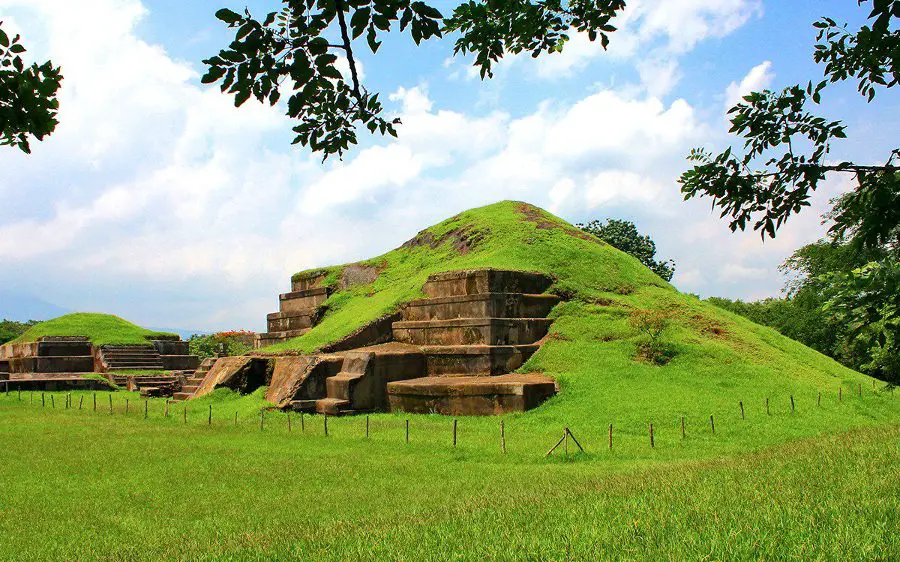
The Maya Civilization in El Salvador
The Mayan civilization existed in the Americas, including El Salvador, from around 2000 BC to the late 17th century. The Mayans were known for their mastery of mathematics, architecture, and writing.
Pyramids in El Salvador are in the southernmost boundary of the old Mayan territory. It included the southeast region of Mexico, Yucatan, Campeche, Tabasco, Quintana Roo, and parts of Chiapas. It also included Guatemala, Honduras, El Salvador, and Belize.
El Salvador Mayan ruins describe a captivating Mayan civilization that flourished in the area. They might not be as impressive as those islands in Belize or Guatemala; nevertheless, these Salvadoran landmarks are exceptional and worth visiting.
Tazumal Mayan Ruins
Tazumal is the best-preserved pre-Columbian Mayan ruin in the country. It is the first archaeological park created in El Salvador and is among the oldest in the Central American region.
Investigations into Tazumal’s history indicate that it was populated from the Classic period through to the Postclassic. Artifacts discovered at the site track back to the 8th century AD. Which are among the earliest artifacts from Mesoamerica.
The ruins were excavated and restored by archaeologist Stanly Boggs; it was achieved during many excavations during the 1940s and 1950s. Boggs’s restorations have been criticized for the use of cement. However, his work generated interest in Tazumal and avoided what would otherwise have been the progressive destruction of the ruins.
Many artifacts were found at the Tazumal Pyramids in El Salvador; among the most important finds is the Virgin of Tazumal, discovered in 1892 by historian Santiago Barberena.
SEE ALSO: El Tazumal El Salvador. An Iconic Mayan Archaeological Site
The Tazumal area is about six square miles; it includes pyramids, tombs, workshops, and a museum. It is located approximately 55 kilometers from the capital city, San Salvador and about 18 kilometers from the town of Santa Ana.
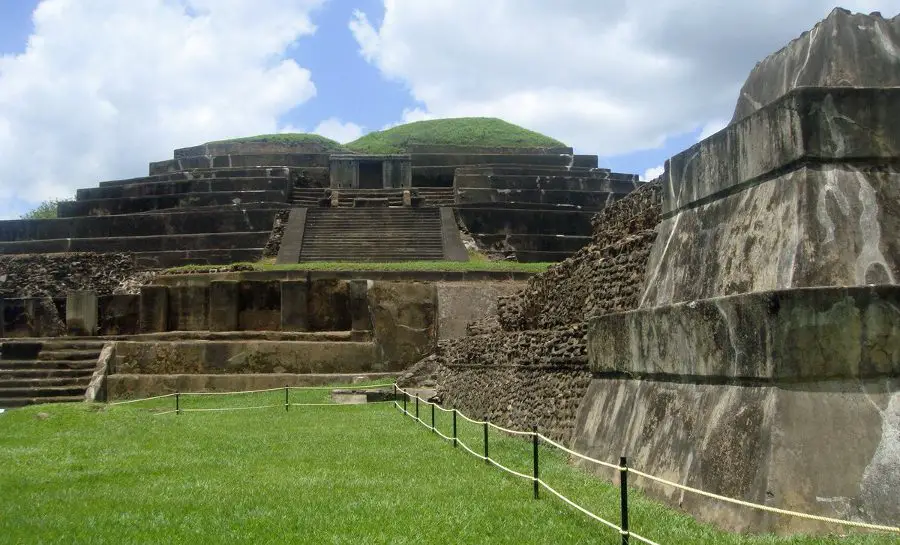
Joya de Ceren
Joya de Ceren is a UNESCO World Heritage Site feauturing a Maya farming community. This area was preserved for centuries beneath layers of volcanic ash from the Loma Caldera volcano’s eruption.
The pre-Columbian Maya farming village is also referred to as the Pompeii of the Americas; it is compared to the famed Ancient Roman ruins destroyed by a volcanic eruption.
Joya de Ceren has been particularly significant in studying the everyday life of ancient Maya agricultural communities; it gives insight into the daily life of the rural Maya.
No human bodies have been found at this archeological site, so experts assume that the inhabitants managed to flee to another place before the village was buried by ash. Visit Joya de Ceren and see firsthand the buildings that housed this Mayan rural community.
SEE ALSO: Joya de Ceren Archaeological Park in El Salvador, a UNESCO World Heritage Site
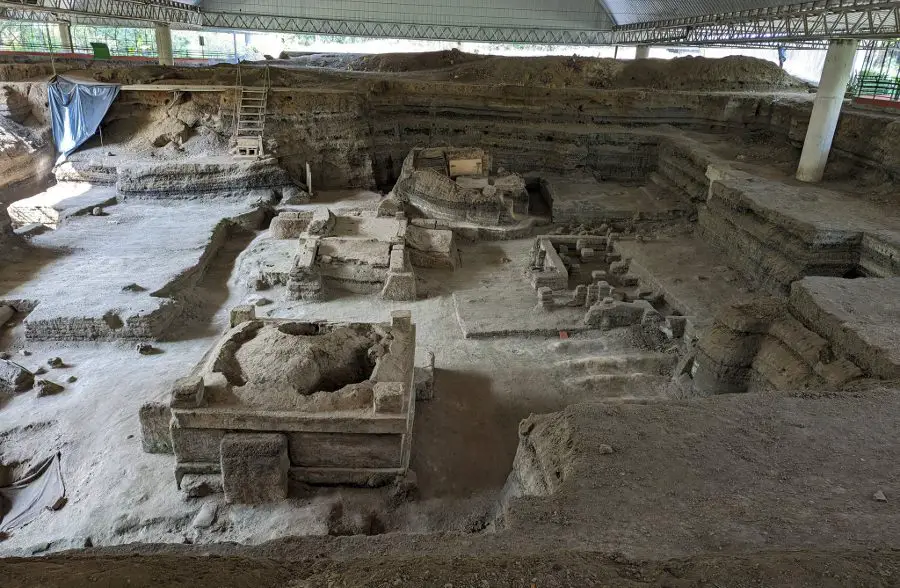
Cihuatan Archaeological Site
Cihuatan is one of the most spectacular and significant archaeological treasures in El Salvador. The site was officially inaugurated as an archeological park in November 2007; it has an estimated extension of about three square kilometers.
Historians have noted that the ancient city of Cihuatan began after the so-called Mayan collapse. It became a regional capital between 900 and 1200 AD.
The archaeological site has urban characteristics divided into two sections: the eastern ceremonial center or Acropolis and the western ceremonial center.
At this site, you will find pyramids, two ball courts, temples, and a building speculated that served as a palace. Cihuatan has a large square that would have been the place for markets and festivals.
The Cihuatan Park is about 37 kilometers north of San Salvador, on the Troncal del Norte road that leads from San Salvador to La Palma. The park’s entrance is about four kilometers after passing the town of Aguilares.
SEE ALSO: Cihuatan El Salvador, Great Mayan Archaeological site.
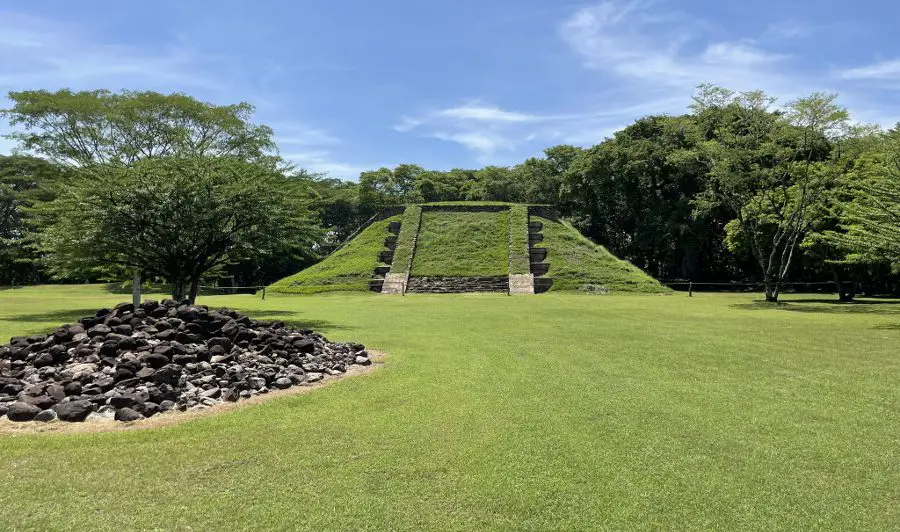
San Andres Archaeological Site
San Andres is a pre-Columbian site whose occupation began around 900 BC. It was an agricultural town in the valley of Zapotitan in the department of La Libertad.
The San Andres archaeological site is one of the region’s most important remains of pre-Hispanic civilization. It is located about 32 kilometers from the capital city of San Salvador. Investigations suggest that, due to the richness of the soil, this city’s inhabitants were farmers.
These Mayan settlers lived in small huts and harvested agricultural products such as corn, beans, and Pipian. Also, San Andres’s excavations revealed that this was a ceremonial, political, and commercial center.
The archaeological findings at this site have revealed that this settlement had strong relations with the cities of Copan in Honduras and Teotihuacan in Mexico.
Visitors can tour the pyramids, the indigo processing plant, and the museum. Visit San Andres and explore this fantastic archaeological site.
SEE ALSO: San Andres El Salvador. Excellent Pre-Columbian Mayan Ruins.
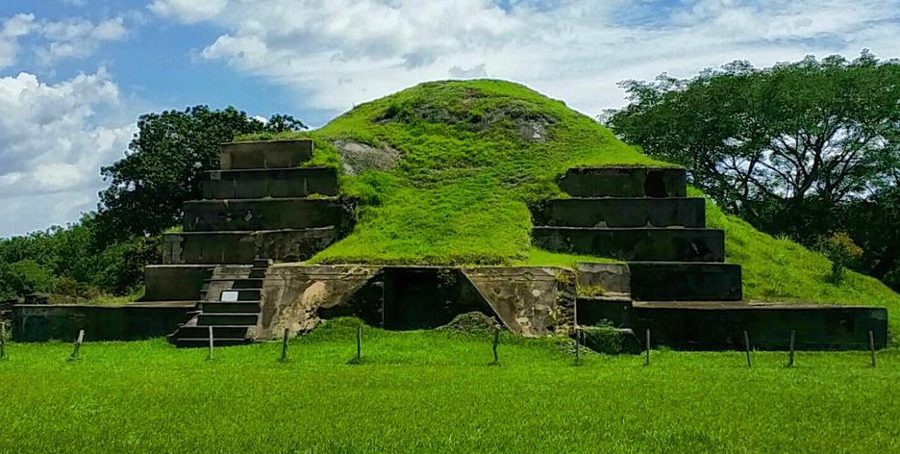
Casa Blanca Mayan Ruins
Casa Blanca is a pre-Columbian Maya archeological site located near the city of Chalchuapa in the department of Santa Ana. The site has several pyramids dating back to the Late Preclassic and Classic period.
Casa Blanca has about six hectares, which represents a small fragment of a much larger site. The Casa Blanca site has been mostly destroyed due to the growth of the city of Chalchuapa.
Casa Blanca is an archaeological Park that has six structures, some of which are not fully excavated.
In addition to the Mayan archeological wealth, Casa Blanca has a museum that displays valuable historical objects of the Spanish occupation.
SEE ALSO: Casa Blanca Archaeological Site in El Salvador. A Historic Maya Settlement in Chalchuapa
It’s important to point out that the pyramids at Casa Blanca are very similar to Tazumal and San Andres. These two popular Mayan sites are a short distance away.
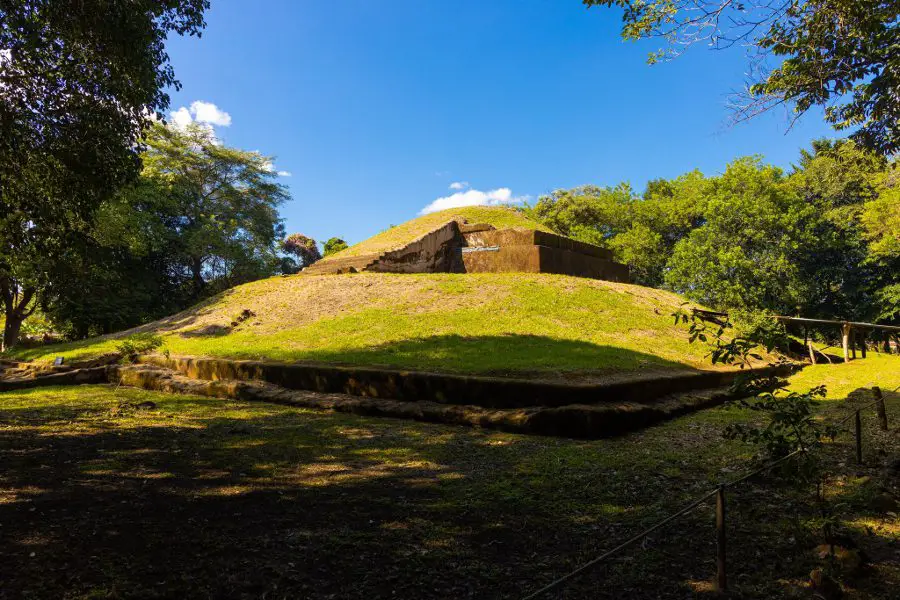
El Salvador Pyramids
As I previously mentioned, the El Salvador Mayan ruins are not as majestic as those in other countries in the region; nevertheless, they are worth visiting.
A good thing about these archeological sites is that they are not that far apart, so you could see most of them in a day.
I highly recommend you visit these sites with a guide. They will take the stress of driving away from you and give you plenty of information about the places.
Travel to El Salvador and explore the best of the El Salvador Mayan pyramids. I am sure you will love them!

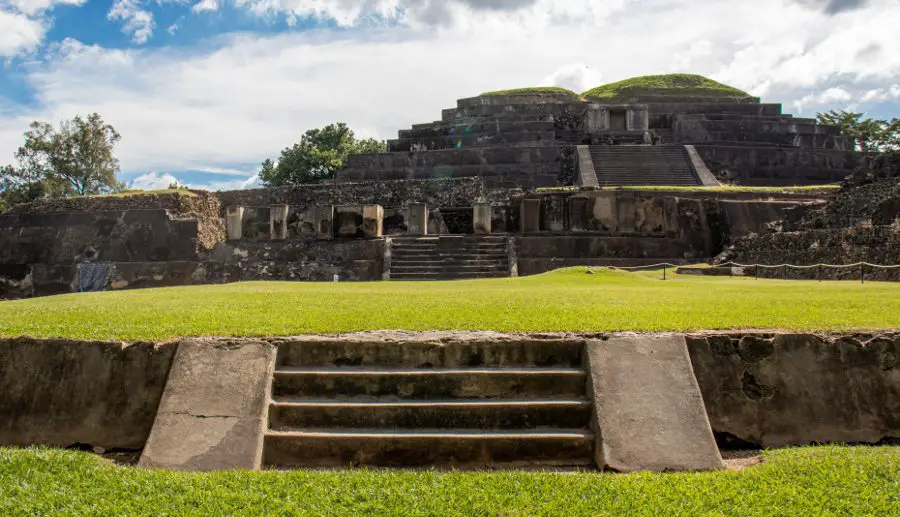 Tazumal Mayan Ruins.
Tazumal Mayan Ruins.


